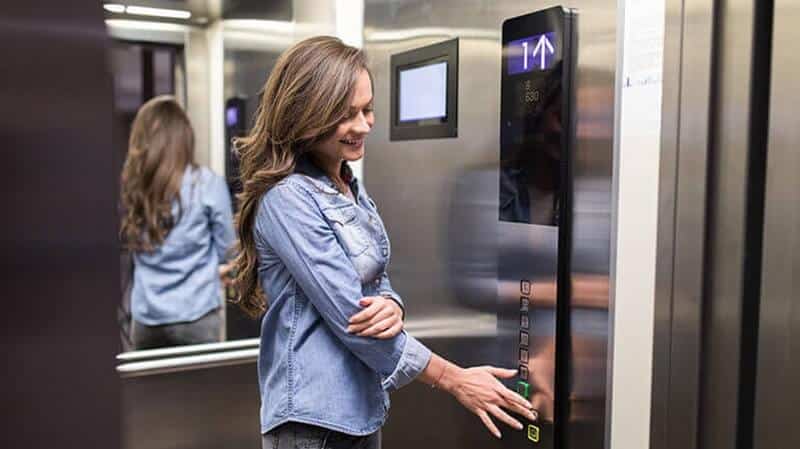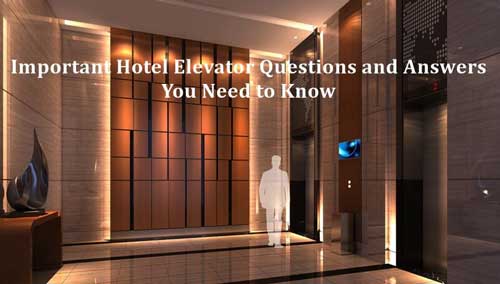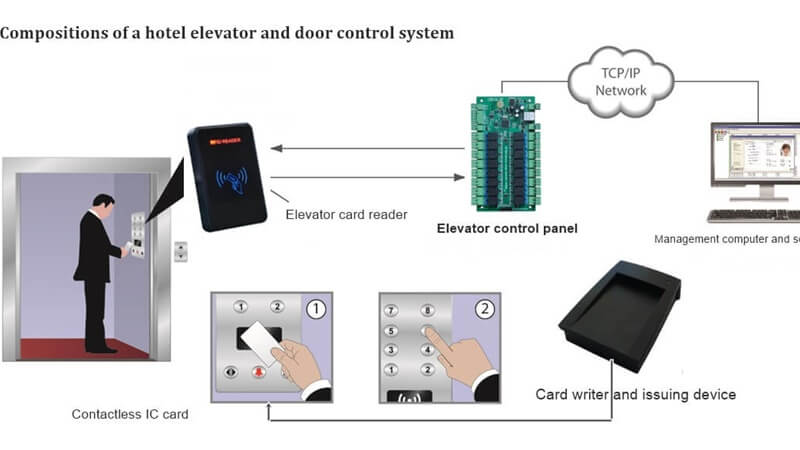Elevator Control System: 11 Expert Tips To Guide You Select Right Elevator Control System
Hotels and other commercial structures require having a robust guest elevator control system.
In Hotels, the guests receive an Access Card that allows them to enter a particular floor, significantly increasing security.
For a modern hotel, a convenient and fast RFID hotel lock system is required, and a system that can use a room key card to control the hotel elevator; hotel guests can use the RFID key cards to open the elevator.
Furthermore, these cards allow guests to use the hotel’s other amenities and facilities. Other floors or rooms remain private; no visitor can enter these areas.
What are Elevator Control Systems?
The elevator Control System is accountable for managing the elevator services and their parameters.
These include acceleration, deceleration, hall lantern signals, travel, door opening speed, leveling time, and unexpected delays in its usual functioning.
Many Chemical Industries, Corporate Offices, Hotels, Healthcare Facilities, Manufacturing Units, and other buildings with multiple floors are equipped with Elevator Access Control Systems.
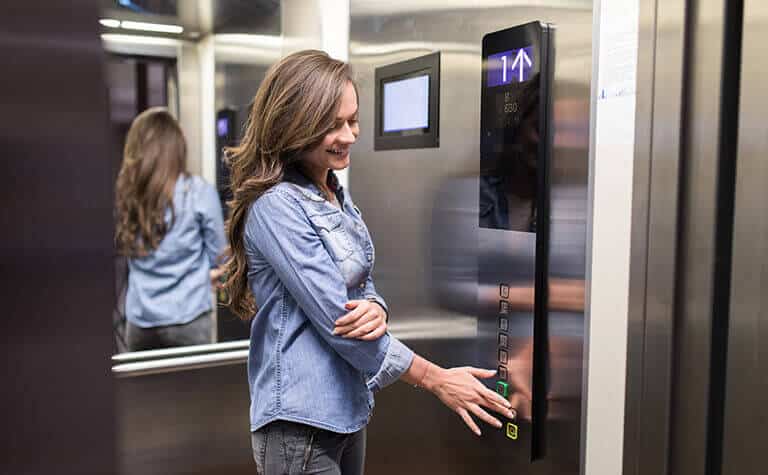
These sectors have employed the control system of an elevator to reinforce their security.
Moreover, some hotel elevator systems offer advanced features for optimal control, access, and higher safety.
Such setups provide an Access Control option, allowing entry to a limited number of authorized personnel at a pre-set time. This helps in preventing unauthorized users from entering respective floors.
A hi-tech access control system for the elevator can also deny the entry request based on the visitor’s classification, depending on their group or timeframe.
How does an Elevator Control System Work?
An Automatic Elevator Control System must provide automatic or manual control over the elevator setups in a particular building.
The installed controller maintains the voltage power between 24V to 12V; the motor is the only part that requires a 3-phase supply.
At the same time, the elevator fixtures and other controlling components can be run efficiently using a low-voltage supply.
Additionally, most controllers’ data is based on car activity, including location, door status, direction, and load. The manufacturer’s software or workstation application can use this data to derive metrics for the car or group.
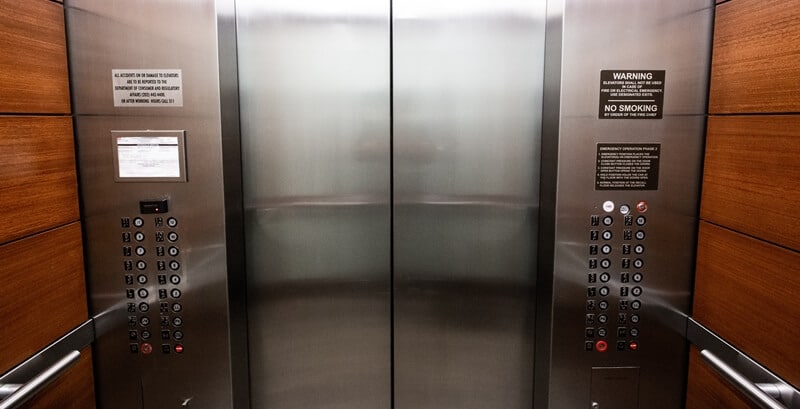
This covers calculating total required runs/calls, car, door openings, etc.
A facility manager should also look for other major performance indicators, like when the car travels to the top floor from the bottom floor and the wait time for passengers (especially during peak hours).
Analyzing these aspects critically can better understand defects, glitches, malfunctions, etc.
Most leading Smart Elevator Control System makers also offer software or SaaS assistance to enable remote equipment tracking.
These solutions provide updates on possible misconfigurations or errors in the operating structure of the car. They also notify the responsible technicians and building owners of the same.
Additionally, a few manufacturers also make private dashboards available through web browsers. These update the owners with every elevator system’s maintenance records and performance reviews.
This is an excellent service for building owners who do not have expert or trained staff to manage the same.
History of Elevator Control System
Over the years, Elevator Control System design has evolved dramatically, especially regarding communication and speed.
During the 1980s and until the end of this decade, the manufacturers installed relay-controlled modules for convenient controller interfaces and data communication.
Even today, these controller versions, relay contact, provide optimal control and data output. While outdated, the relay-controlled models are much more advantageous than the modern controller models.

One of the first advantages is that they do not use any Elevator Control System software; therefore, they are well-guarded against potential software crashes.
This also ensures that the system does not encounter printed-circuit card faults, another common issue contemporary models face.
Furthermore, the relay-controlled versions are also quite durable and wear-resistant. Usually, a setup can function smoothly for 50 to 60 years, given that the relays are timely replaced.
However, the high energy consumption and frequent maintenance are the disadvantages of this system. The installation takes up a lot of space, and the replacement parts are expensive.
Also, the number of relays required will increase based on the number of floors. With growing relays, one must employ more trained labor to maintain and handle the installation.
In the early 1980s, another controller model was called a microprocessor-based Control System for elevators.
By the 90s, they started replacing older and more traditional models.
In these Elevator Control System types, the data is received through the sensors in the indicators, shaft, communication system of the stick, landing call buttons, and other electrical equipment. It is then processed by using printed-circuit cards and then transformed into commands.
The data communication is done through the cables that connect the cards and appropriate equipment. On the other hand, the input-output data is regulated through PLC control devices.
These controllers are still used, usually in elevators with fewer stoppages. The printed-circuit cable terminals or cards became famous in the 1990s and the 2000s.
Another elevator controller tech that became popular in the 2000s was CANbus. The CANbus system was initially developed back in the 1980s; however, the application to the elevator process.
It was an acronym for Controller Area Network and was highly used by the automotive and other similar industries.
This system allows the owner or managing technician to route all related units through one data line using a Central Control Unit and a Microprocessor (Master-Slave).
Furthermore, the hardware setup of these controllers receives or transfers the data using two wired connections.
Also, the data is managed by the mainboards, equipped close to the central processor, based on the order of priority.
The cable-centric setup ensures that the structure takes less space so that they can save some extra on installation and maintenance.
Additionally, the CANbus’s functioning is unaffected by the electromagnetic impulses, and troubleshooting the setup is simple. This is the main reason why most modern controllers follow this model.
What Are The Different Types Of Elevators?
1. Manually Controlled Elevator
In their early days, elevators did not have any automatic landing positioning. The elevator operators generally used Dead Man’s Switch to control the elevators.
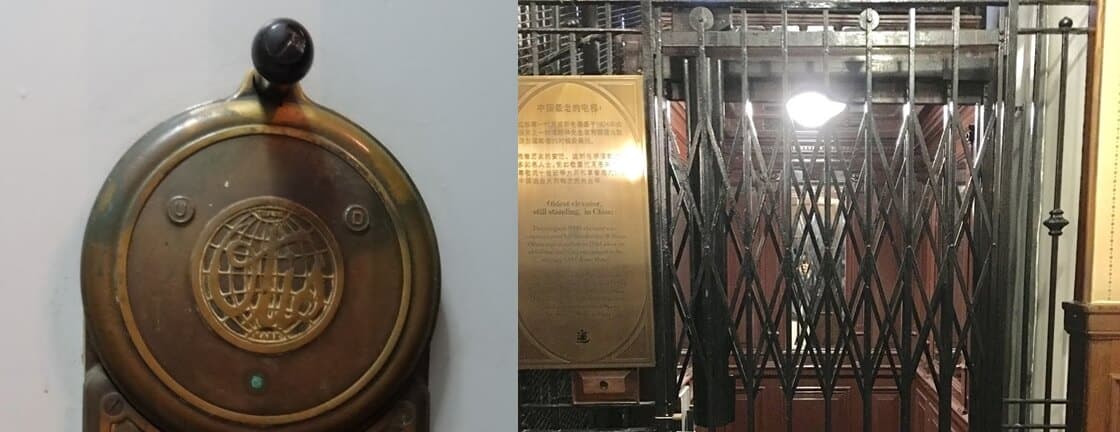
The switches were typically a Constant Pressure Control or a Car Switch. These types of elevator control systems did not require many relays.
Using switches, which were controlled by pulling adjacent ropes, operated some older versions of the freight elevators; this method was also called ‘Shipper Ropes.’
Furthermore, the Safety Interlock ensured that both outer and inner doors were shut completely before the elevator moved.
2, Dual Operation Elevator
These elevator types can work as a Single Automatic Elevator with no operators and only one call at a time. Or they can work as a Car Switch, with manual control and an appointed operator.
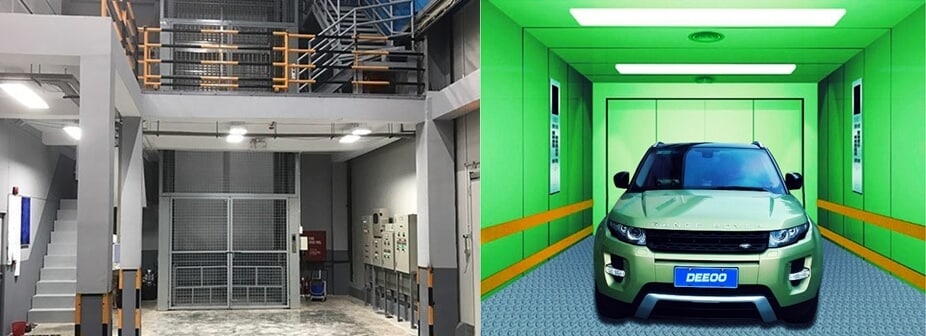
But this depends on the placement of the Keyswitch. The main reason to install Operation Elevators is to change their functioning based on the requirements.
If the elevator system is experiencing higher traffic, it will start operating in the Car Switch mode with the operator to answer the lift calls.
When the traffic reduces, they will turn to Automatic Mode to give the operator a break and not be required to pay for managing the elevator.
The latter is ideal for areas with fewer lift users, and the system does not have to cater to multiple calls.
3, Pre-register Operation Elevator
These types of elevator control systems come with car and hall buttons. The buttons are used to inform the operator about the stops. The passengers can also use the car buttons directly;
However, this is a rare occasion. These elevators also have a signal that uses sound or voice indications to inform the passengers/ operators to initiate the stopping process.
Once the stopping procedure commences, the elevator will automatically level with the floor. This can be observed in self-leveling cars with additional features to control the operators.
However, there is not much information about these elevator types.
4, Signal Operation Elevator
The next type of elevator is the Signal Operation one. While they require an operator to manage the functions, the users do not have to exert extra effort to operate the system smoothly.
To use these, the passengers must press a button signifying the direction they want to travel, up or down.
After this, the users must press the pop-out buttons to select the floor. One must remember that no buttons exist for the topmost and bottom floors.
Therefore, they do not have to press any floor button. The next step is to pull the crank out and start the system. The user must hold the crank until the elevator moves after the doors close.
These types do not usually have door sensors, so ensuring all passengers have boarded properly before closing the door is advised. Signal Operation elevators will prioritize the hall call if the operators make one.
If it travels in the same direction, the car will stop automatically on the floor from which the hall call was made. The operator has to pull the switch to open the door and keep the button in the same position till the entries are complete.
These elevators also have a Call Annunciator Panel, just like the one on a Manually Controlled Elevator, to notify the operator about the floor of the hall call.
5, Microprocessor Control
Any Elevator Control System using a microcontroller is included in this category. These tiny controllers are known for consuming less power than conventional relay controllers.
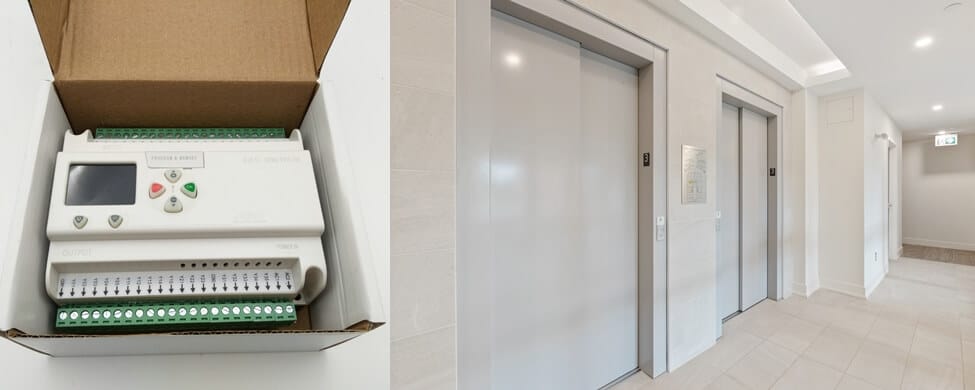
They also have a series of controllers and sensors that help compute the sequence of operations in real-time. This helps in providing an optimal balance between car availability and passenger demand.
Elevator sensors make data on car travel direction, pending calls, position, door status, load, etc., available to the operator.
Furthermore, Elevator Control Systems using PLC were introduced somewhere during the 2000s. These systems made it easy for the operator to manage single or multiple cars simultaneously.
It can also be configured according to the number of stoppages, monitoring, etc.
6, VVVF Elevator Control System
VVVF stands for Variable Voltage Variable Frequency. These elevators operate on a closed-circuit-controlled hydraulic lift system that is less energy-consuming.
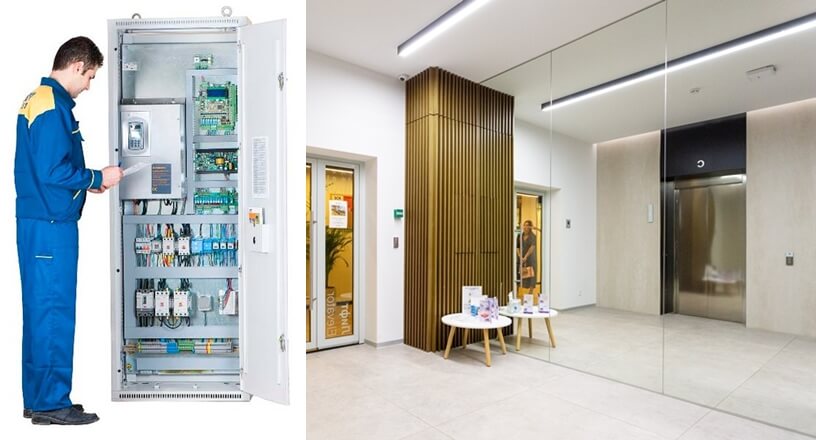
This became popular since it saved the owner a lot of energy and finances. They were designed by combining the unique technologies of VVVF control, a hydraulic accumulator, and a pull-cylinder.
7, Hydraulic Elevator Control System
Hydraulic elevators are one of the most popular commercial picks. These are generally installed in buildings that have seven or more floors.
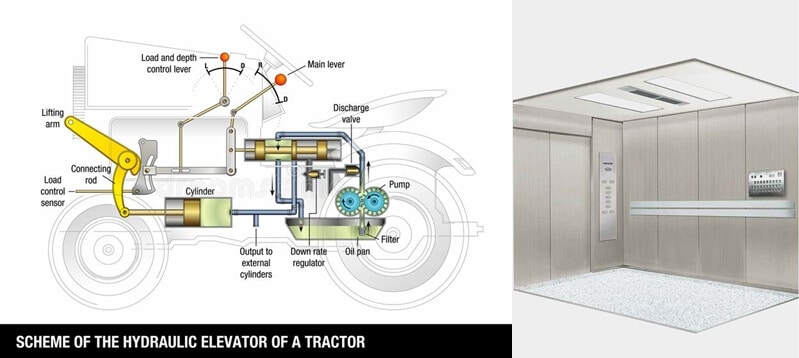
Unlike many other traction systems, they do not require any Overhead Hoisting Machine. The cylinder is directly linked to the fluid-pumping system, and its hydraulic system consists of 3 parts:
- Tank (for fluid storage)
- Pump (run by an electric motor)
- Valve (between the tank & cylinder)
The pump pushes the liquid in the tank towards a pipe outlet leading to the cylinder. Once the valve is opened, the pressurized fluid is retracted into the storage tank.
When the valve is closed, it rushes towards the cylinder with high pressure.
Elevator Control System Parts
Destination Control Systems (DCS)
The first part of the Control System in the elevator is the DCS. Generally used in the traditional models, the elevator call can only be provided through the Destination Operating Panel or DOP when a DCS is installed.
Furthermore, DOP ensures that the card reader is only integrated with the former. Operators can also perform Turnstile integration to provide direct call or home services.
Elevator Access Control Panel
After reading about the elevator components, you must wonder, ‘What is an Elevator Control Panel?’.
It is simple. The panel for an elevator is responsible for holding in the components that control the system’s functioning. These components include:
- Elevator Control Buttons
- Card Reader
- Access Control System
Usually, the boards can only regulate the operation of the elevators for a specific number of floors. However, adding extension boards can increase their floor limit by 16 levels each.
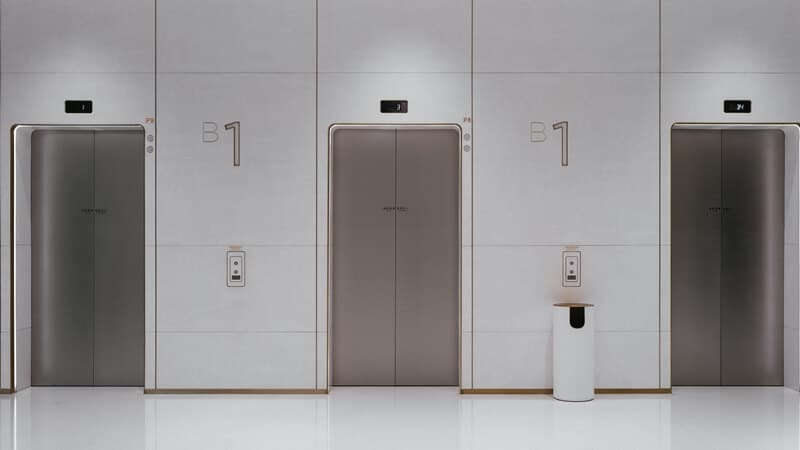
Elevator Access Control Systems
These are pretty different from the basic door-based systems. The Elevator Access Control Systems for hotels require the same devices to assess credential input.
This includes devices with push buttons, PIN input, swipe cards, biometric scanners, essential scanners, and a combination.
Design Modified Elevator Control System For A Building With 4 Floors
PLCs, or Programmable Logic Controllers, have always contributed to the industry’s automation. These are used to create machines that offer data analysis, service lines, and corporate automation.
Giving an Elevator Control System example is the perfect way to define the PLCs as Microprocessors operate them.
In the next paragraph, we have included a thesis that will provide in-depth insight into PLC, its control over single elevators, and its safety & efficiency.
Above was a Circuit Diagram of the Elevator Control System PLC briefly introducing the machine’s inner workings.
Programmable Logic Controllers are responsible for reading the inputs, like sensor signals or push buttons, and generating logical commands. These are then shared with the elevator drive.
Case Study of Elevator Control System:
Siemens S7-200 was taken into consideration with PLC. It had a minimum number of 10 outputs and 14 inputs. At the same time, the SCADA system used was Intouch Wonderware, a product software of Schneider Electric.
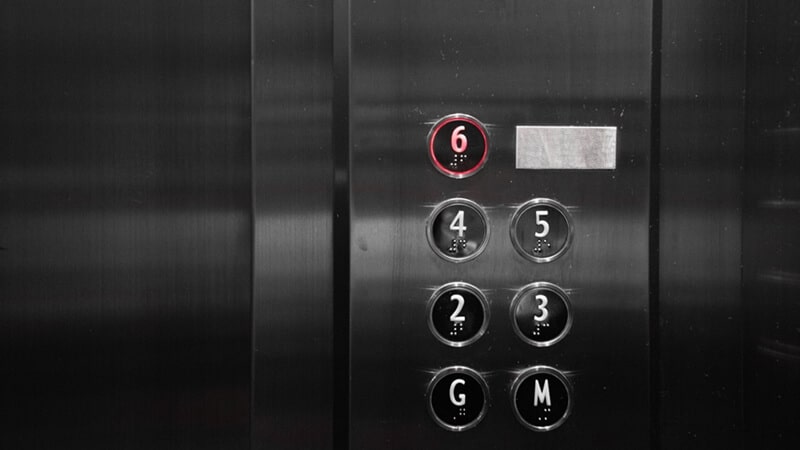
The elevators function in a power-saver way, which resulted in the formation of an intelligent design methodology. The PLC control system was optimized to match the Ladder Diagram Elevator Control System.
This helped highlight the control principle of PLC and significant aspects of the whole setup. The system was equipped with a basic Peripheral Circuit, and the outcome showcased that this component improved the performance and reliability of the elevator system.
The study also suggested extending the system beyond buildings with four floors.
Furthermore, this study provided primary considerations to find the best Elevator Control System based on PLC for automation.
These include required output/input capacity, memory size, speed, power, types of I/O, and manufacturer’s backup or support.
Software Design Logic:
In 4-floor elevator controls, the software was designed to provide control software blocks for every floor. This helps ensure that the tasks are performed according to the location of the lift vehicle.
It also allows the design to stay organized and run pre-set routines for specific situations or input signals.
Here is the Elevator Control System Block Diagram for a better understanding of its setup:
The two main simulation software packages were employed during the test. These are called SCADA & S7-PLCSIM simulators. While the former is a product from Schneider Electric, the latter is an engineering tool of SIMATIC.
Basic Elevator Control System Requirements
The Elevator Control System is accountable for handling the different aspects of elevator working. Including acceleration/deceleration, speed, travel, door opening speed, signals, and other potential delays. The main objectives of a control system in the elevator are:
- Bringing the Car to the Right Floor
- Increase User Comfort through a Quick & Smooth Ride
- Decrease Travel Time to different Floors
- Maintain safety while keeping up the Travel Speed
Popular Brands For Elevator Control Systems
- Otis Elevator Control System: Otis was an elevator manufacturer company in 1976. Must you have heard of the Eiffel Tower and Burj Khalifa? This American brand was employed to install these systems.
- Monarch Elevator Control System: This brand’s elevator controller series, NICE 3000. MCTC has worked and developed all these models autonomously. Their specialty is to deliver integrated elevator control systems where the motor drive is combined with elevator control to provide a clever solution called Vector Controllers.
- Kone Elevator Control System: When you check elevator access control systems in India, Kone would probably be one of the top names on the list. Starting in 1910, this brand is actually from Finland. However, its Indian HQ is in Chennai. The company is known for its top-quality and innovative design services.
- Honeywell Elevator Control System: This brand is known for its unique and adept security solutions. They are specialists in providing essential expert models.
- Sigma Elevator Control Systems: Offering advanced elevator-monitoring setups, SIGMA is known for its user-friendly and inclusive systems. These are super easy to manage and track. It uses internet-based software to foster better communication between elevator systems and computers.
- Elevator Control System Github: All elevators by Github are designed to overcome all limitations faced by other conventional systems. They also have a priority queue feature for every elevator system. Their elevators allow passengers to share the car with others and skip floors when needed.
- Sharp Rise Elevator Control System: Smart Rise provides top-notch elevator controller setups. They give the best of what is called an open-market controller. These are ideal options as they can quickly adjust and adapt to the varying demands of a high-rise.
Innovations in Elevator Control Systems
In the last ten years, the introduction of the Internet of Things (IoT) has significantly changed the elevator manufacturing industry.
These advanced solutions deliver everything combined with IoT, from performing condition-based analysis to proactive maintenance. Few models can also keep track of performance and provide complete reports.
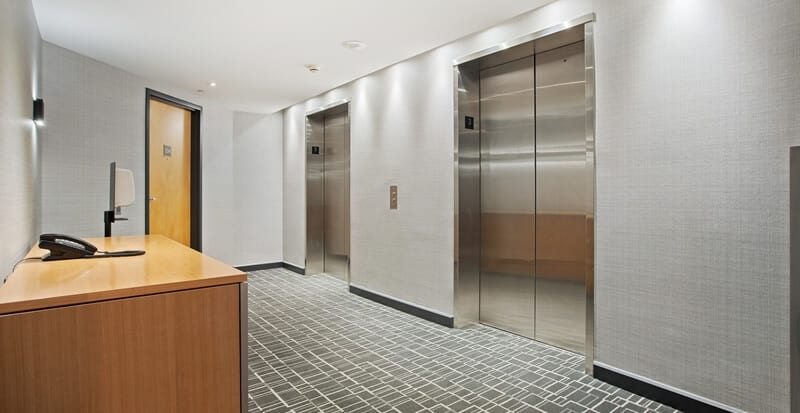
The elevator system allows operators to communicate with the car using the GPIO or UART when connected to LAN or Wi-Fi. Moreover, the system will also detect any adjustments made to the hardware.
The inclusion of IoT also enables the user to generate the proper signal or detect any errors by using WebSocket.
Avoid Unauthorized Access:
For instance, a group of passengers uses the elevator control system to reach their preferred floor. The elevator only provides fingerprint access and is connected to a sensor or smart card.
Hardware connected to the system will register the user’s fingerprint using Modbus protocol and transmit the recorded signals to the IoT Public Cloud. This will ensure that people with registered authorization only receive access to the elevator service.
Predict Destination:
Having a Connected Elevator Control System using IoT will also allow you to benefit from AI. The system automatically recognizes passenger faces and shares information with the Cloud.
It will then check the person’s authorization and run the data through the ML Model Algorithm.
After checking the clearance of the passenger, it also provides information about their destination floor. This will allow the owner to restrict the person from entering other areas.



